
Communities struggle to make best use of COVID homeless aid
Funding delays and confusing spending restrictions have hampered communities’ abilities to capitalize on the largest influx of homeless aid in American history.
By Shaena Montanari and Natalie WaltersHoward Center for Investigative Journalism
Winter in Oregon’s Columbia River Gorge is wet and freezing, a life-threatening situation for the area’s homeless residents even without a pandemic. Darcy Long-Curtiss understands that better than most.
The shelter that normally provided nighttime refuge was closed because of COVID-19, and federal aid money meant to help protect homeless people from the pandemic came late and with confusing restrictions. By the time Long-Curtiss got permission to erect temporary shelters purchased with her community’s share of the funding, temperatures were already dipping below freezing. She had just one week to ready the site and make potentially life-and-death decisions.
"I have to find out who doesn’t have any other option, who would be most likely to have frostbite or die if they didn’t get a shelter and then go from there,” said Long-Curtiss, a councilwoman in The Dalles, a city of about 16,000 at the eastern edge of the gorge. “But those are incredibly difficult decisions to make when you know everybody personally."
The challenge facing the small homeless community in The Dalles is a microcosm of the difficulty faced by homeless service providers nationwide as they rush against winter to figure how to use the largest influx of homeless aid in American history.
Congress included in its pandemic relief package $4 billion to help homeless people, who are among the most vulnerable populations in the COVID-19 pandemic. The funds were a relatively small part of Congress’ more than $2 trillion general aid package, though they were 14 times more than last year’s homeless grants.
Potential recipients saw great possibilities in the unprecedented aid. But eight months after passage of the Coronavirus Aid, Relief, and Economic Security Act, many communities have yet to benefit from the funding. Others have had to derail plans because of delayed government spending guidelines. And some simply don’t have the strategic planning necessary to capitalize on the one-time windfall.
MoneyTracker homeless aid over time
Fewer than half of the eligible 362 counties, states, cities and territories had accessed all of their funding by the start of December, according to an analysis of government data by the Howard Center for Investigative Journalism. And 37 communities hadn’t tapped any of their homeless aid.
Around the country, funding delays and confusing spending restrictions have hampered efforts to protect homeless communities as the pandemic worsens. Because Birmingham, Alabama, was too slow to access its share of the federal funding, the city has been unable to use those funds to make up its reduced shelter capacity due to distancing guidelines. In South Carolina, while the state accessed funding, it had to abandon plans to purchase new property to use as shelter. The same for Wenatchee, Washington, which thought its three-year search for funds to start a new shelter was over.
“It was remarkable that inside the context of a pandemic, right, there was this lag,” said Marc Dones, a nationally recognized homeless consultant. “The federal government should have acted faster to make sure that money got to jurisdictions."
Delays and uncertainty
The emergency coronavirus funding comes through an existing federal homeless assistance program, known as the Emergency Solutions Grant, that benefits cities, counties and states. The money flows directly to large cities and counties and indirectly to smaller ones or rural areas via the states. Recipients must file a spending plan and get approval from the Department of Housing and Urban Development to receive the money or seek reimbursement for allowable expenditures.
Because of the pandemic, HUD promised greater flexibility in its spending rules. And so many communities, hesitant to incur expenses that might not be reimbursed, waited for the new guidelines before acting or, in some cases, even making preparations.
On Sept. 1, five months after passage of the CARES Act, HUD finally released the new spending guidelines.
“In a normally operating government, that document should not have taken five months in a pandemic,” said Ann Oliva, HUD's former deputy assistant secretary for special needs and now a visiting senior fellow at the Center on Budget and Policy Priorities.
Some areas suffered more than others.
Birmingham, the largest city in Alabama, has been unable to make up for the 178 shelter beds — about half its capacity — that it lost to accommodate social distancing guidelines from the Centers for Disease Control and Prevention, according to Gordon Sullivan, director of operations at One Roof, which serves as central Alabama’s Continuum of Care, a HUD-approved coordinating entity for homeless services.
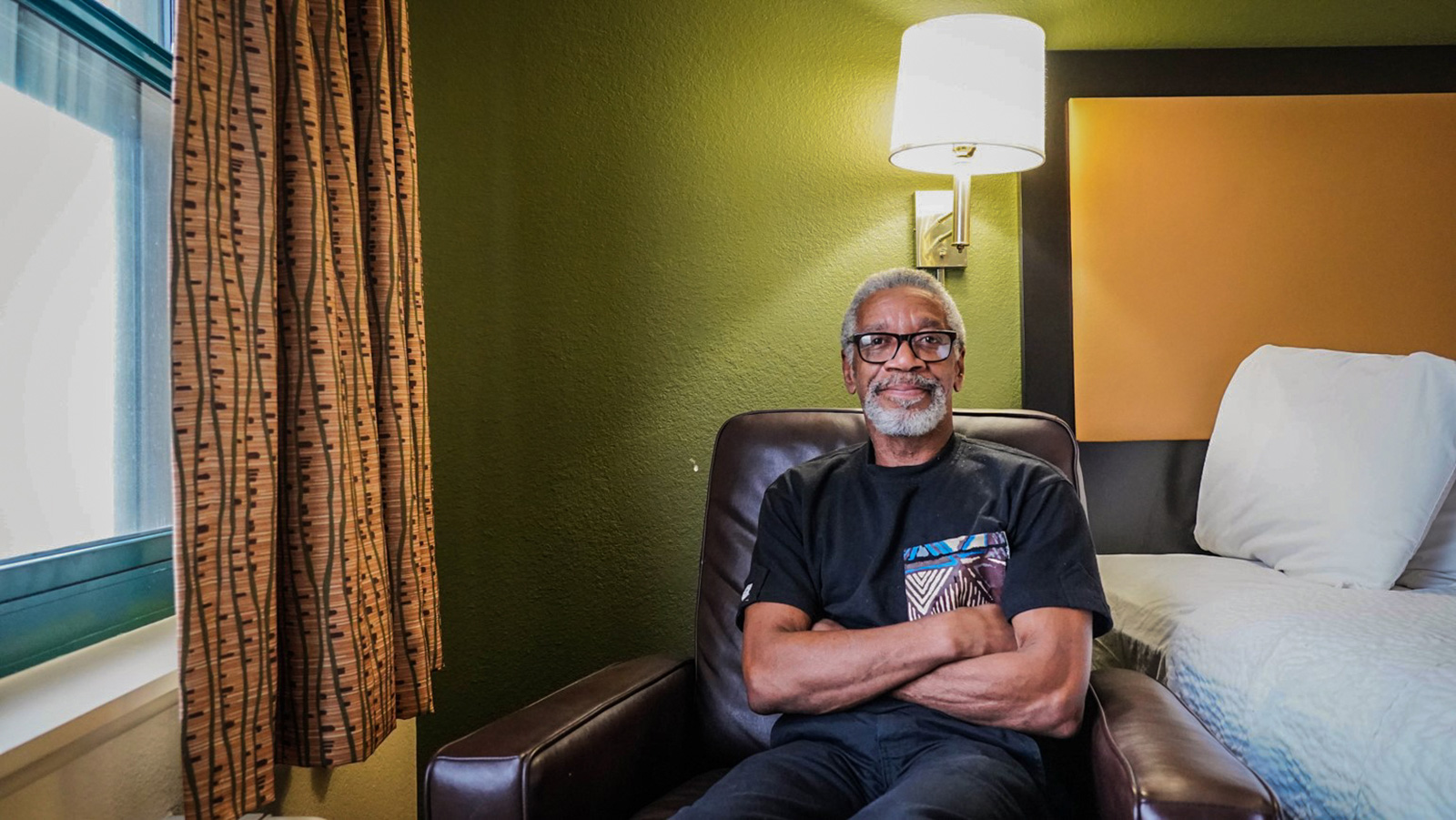
At the end of November, the city was still working on the necessary paperwork to get its financial aid, Sullivan said. In the meantime, it has relied heavily on local nonprofits that focus on homeless assistance to help make up for the lack of resources, Sullivan said. It’s also been seeking help from private donors and foundations for food, transportation, and medical and mental health services until it gets funding for additional shelter space, he said.
Sullivan said HUD’s delay in providing spending guidelines meant “some delays in services.” For example, One Roof set up 12 portable toilets and hand-washing stations around city encampments, but after four or five months, donations ran out and it had to stop offering the services.
Firehouse Ministries, a large shelter in Birmingham, said it’s waiting on homeless funds to install Plexiglas and other pandemic-era safety features in order to increase its capacity from 50% to 80%, said Anne Wright Rygiel, executive director at the nonprofit.
“I'm just hoping we get the money soon, while we are in the midst of the pandemic,” she said. “There is so much need, and the balance between keeping our current guests safe and increasing our numbers to help those sleeping outside in the cold is becoming more tenuous every day as the temperature drops.”
Unlike other states, Sullivan said that Alabama provides no homeless funding so cities like Birmingham rely completely on federal funds. According to the latest state count, there are an estimated 3,300 people experiencing homelessness in Alabama.
“Other states are able to proceed much quicker because their states are able to carry the cost of that until they're reimbursed later or otherwise receive the funding,” said Sullivan.
Sullivan, a former HUD employee, said the delayed guidance was “unreasonable” yet understandable, given it is a “giant bureaucracy.”
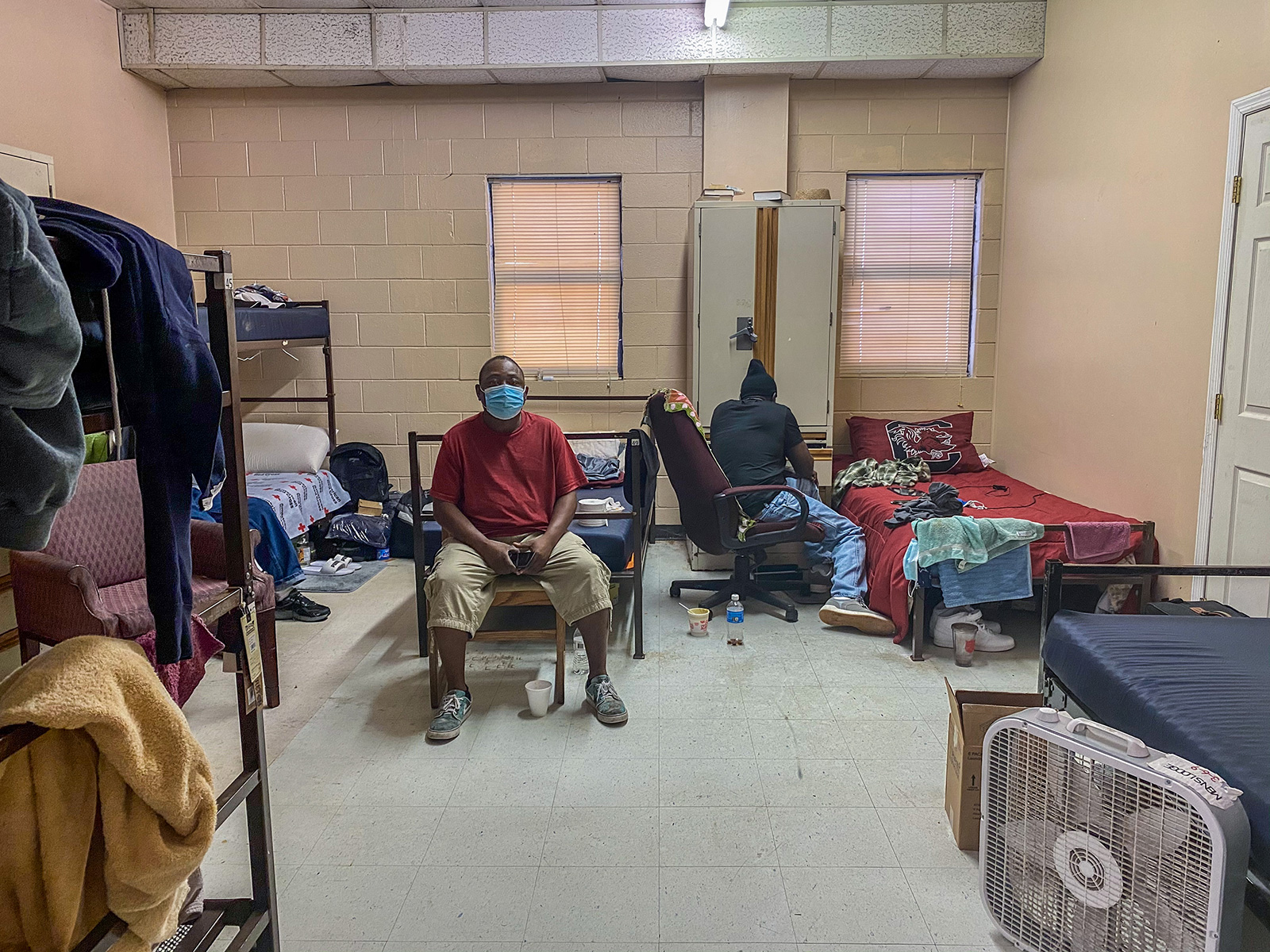
Augusta, the second-largest city in Georgia, was also hurt by HUD’s delay because it couldn’t decide how to use the homeless grant until after the spending guidelines were released, said Daniel Evans, the community development manager at the city’s Housing and Community Development Department. Augusta officials sent their plan to HUD for approval on Nov. 17 and are waiting to hear back.
In the meantime, they’ve relied on local nonprofits, such as the Salvation Army, to provide food, shelter and medical attention, Evans said.
The nonprofit’s shelter is the largest in Augusta. It can hold 100 people, but has reduced capacity to 60 by keeping every other bunk bed empty for safety.
"In the winter we usually pack this place so it's kind of worrisome what we're going to do,” said Chris Bailey, marketing manager.
The ‘real property’ waiver
One spending flexibility that garnered immediate attention was HUD’s decision to allow, for the first time, homeless funds to be used to buy property for temporary emergency shelter, up to $2.5 million per purchase.
Some homeless providers saw the multibillion-dollar injection of funds as a chance for permanent improvements, such as buying old buildings or hotels for temporary shelters that could be used as housing after the pandemic. The main roadblock to ending homelessness, experts say, is a lack of affordable housing.
The “real property” purchase waiver was a frequent topic of HUD’s national weekly webinars with homeless service providers. It didn’t take long before confusion set in after a few questioned whether the guidelines required that HUD be repaid for purchased property when the grant expires in 2022.
“Are the acquisition funds/renovation funds merely a loan until 2022 that must be repaid?” Beth Sharber from Nashville’s Family and Children’s Service asked during a Sept. 25 webinar. “This info was just given to us and completely derailed our plans for being able to have a lasting impact with this funding.” She declined a Howard Center request for an interview.
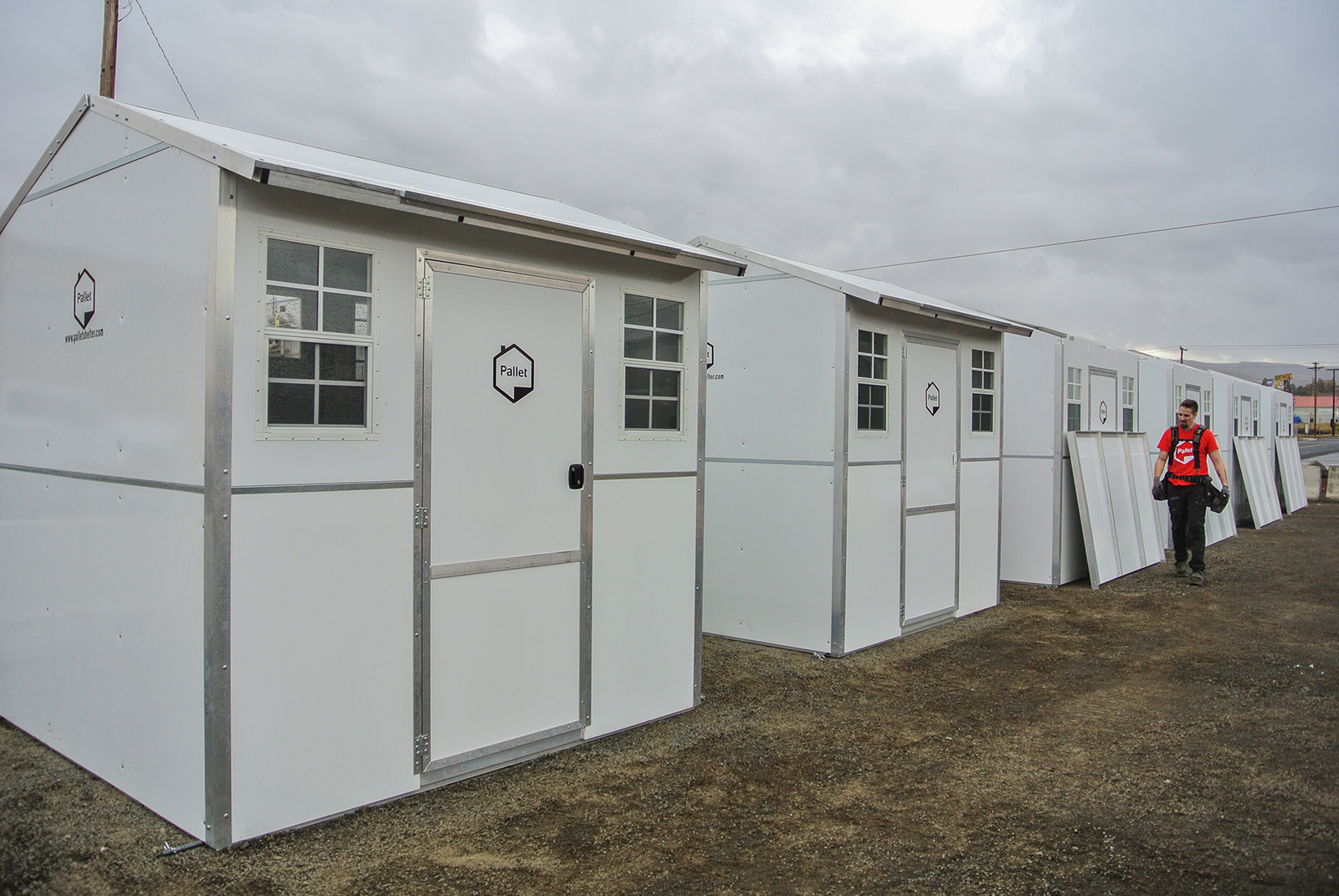
Providers in Oregon, including Long-Curtiss, were also confused by HUD’s guidance. At first, they thought they’d be able to purchase the modular temporary emergency shelters with the federal funding, but on Sept. 16 they learned it would not be an allowed expense. Then on Oct. 2, HUD announced the property could be purchased with the homeless grant funds but would need to be reimbursed — either by paying HUD to retain the property title or by selling the property to repay HUD.
For many, this was a further setback to planning.
Homeless providers in upstate South Carolina had already identified three buildings as possible purchases, said Lorain Crowl, chief executive of United Housing Connections in Greenville. “That was a little bit of an uh-oh,” she said.
Immediately after HUD’s announcement, Crowl called up partners in the community and decided to move to plan B: using other funding to renovate a building for a winter shelter as opposed to buying one. The homeless grant will be used to run the program, including staffing costs.
“Cold weather’s coming whether we like it or not, so it's not something that we can just, you know, take our time,” she said.
The community hoped to purchase a building for shelter during the pandemic and later transform it into permanent housing, said Bruce Forbes, a member of the Upstate South Carolina homeless advisory council.
“The purchasing of buildings, that was new, and I was grateful to see it,” Forbes said. “But now they all of a sudden did a switcheroo on us and said, ‘Oh, yeah, you got to, you know, pay it back.’ And that just, if anybody’s paying attention to it, pretty much deflated that idea.”
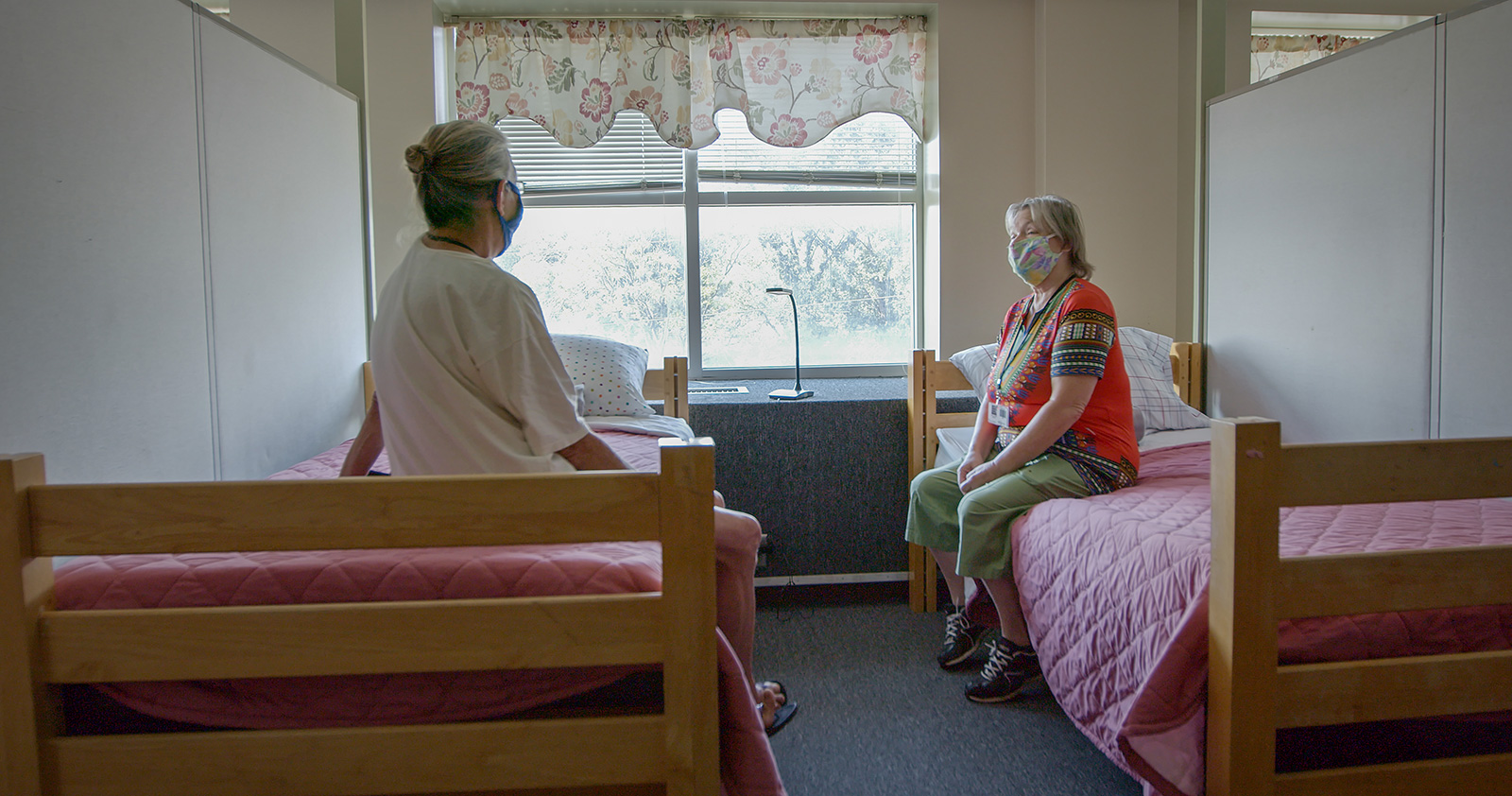
HUD said it was bound by Office of Management and Budget rules on property purchased with federal funds. But in a statement to the Howard Center, HUD also said it was “working with program counsel to explore possible options for providing recipients with additional flexibility.”
Many communities aren’t willing to risk not getting a rule change and being indebted to HUD.
In Wenatchee, Washington, housing programs coordinator Oliver Crain said the city was interested in taking advantage of the federal grant to acquire property for a new emergency shelter. The city had been searching for three years for funds to start a shelter that would accept anyone, without preconditions, he said.
After he heard HUD’s confusing statements on purchasing property, he said, the city decided to recommend the grant be used to temporarily house homeless people in motels and hotels.
Mike Savara, who helps distribute funds as assistant director of homeless services at Oregon Housing and Community Services, said when they realized that any funds used to purchase property would need to be repaid, they were “really concerned.”
“I'd much rather have an investment where, you know, it's an asset that we get to keep on using for years and years rather than paying, you know, nightly rate set for a motel operator,” he said.
The federal restrictions on purchasing property should be changed because the pandemic has created a “shelter crisis," Savara said. He noted that rural communities were the hardest-hit because they don’t have many options for housing and fewer funding sources than urban areas.
“We really need to kind of throw out the old playbook in some ways and look for new ways of investing in our homeless services system with an eye toward sustainability,” Savara said.
Braided funding
The homeless service providers in Oregon’s Columbia River Gorge reflect the different approaches communities are taking under the spending restrictions.
Long-Curtiss, The Dalles city councilwoman, used $45,000 of the emergency homeless funds to buy prefabricated shelters because she had no other funding options.
“If it keeps people from freezing to death, it’s worth it to take the risk of paying HUD back,” she quoted a city official as saying.
But her grant partner in nearby Hood River, Sarah Kellems, chose to use general pandemic aid from Congress’ Coronavirus Relief Fund to purchase her shelters because that money must be used by the end of this year. Kellems, the executive director of Hood River Shelter Services, will use the emergency homeless grants to cover staff and utility costs.

Experts say that “braiding” different funding streams is the best strategy for dealing with both homeless needs and HUD’s various rules and regulations. But it’s an option only for communities with strategic plans and additional resources.
This strategic use of funds is the way to “get the most bang for the buck, so to speak, and actually end homelessness,” said Dones, executive director of the National Innovation Service.
Dones initially believed some communities “could actually have ended homelessness” with the large amounts of pandemic aid. But now, Dones says, “They won’t, because they didn’t have a strategy for that amount of money.”
The National Alliance to End Homelessness and seven other nonprofits and consultants released a funding matrix over the summer to guide homeless providers in using key CARES Act funds.
This calculated weaving of funds to address different needs can also help communities end reliance on large group-living shelters in favor of individual housing. Group shelters don’t just increase the risk of COVID-19 spread, they’re also psychologically harmful. Studies have shown that the shelter experience can be linked to feelings of helplessness, depression and even PTSD.
Research from the University of Washington and the King County Department of Community and Human Services in Seattle showed that moving hundreds of people out of high-density homeless shelters into hotel rooms not only reduced the spread of COVID-19 but led to increased feelings of stability and more people able to move into permanent housing.
In Indianapolis, homeless service providers are using general pandemic aid to rent hotel rooms for homeless people, while the homeless grant is being used to get people into permanent housing, said Chelsea Haring-Cozzi, executive director of the Coalition for Homelessness Intervention and Prevention A three-person team is recruiting landlords who are willing to rent units for this purpose.
"COVID-19, and the resources coming to address it, can be a catalyst for really focusing on permanent housing as a health solution and as a way to keep not only the households living unhoused healthy and safe, but to keep entire communities healthy and safe," she said.
In Tacoma, Washington, officials plan to use more than $760,000 in emergency homeless funding to operate existing microshelter sites that consist of 96-square-foot wooden shelters, where people can sleep and store their belongings. The shelters are furnished with heat and electricity by the Low Income Housing Institute, an affordable housing developer in Washington state.
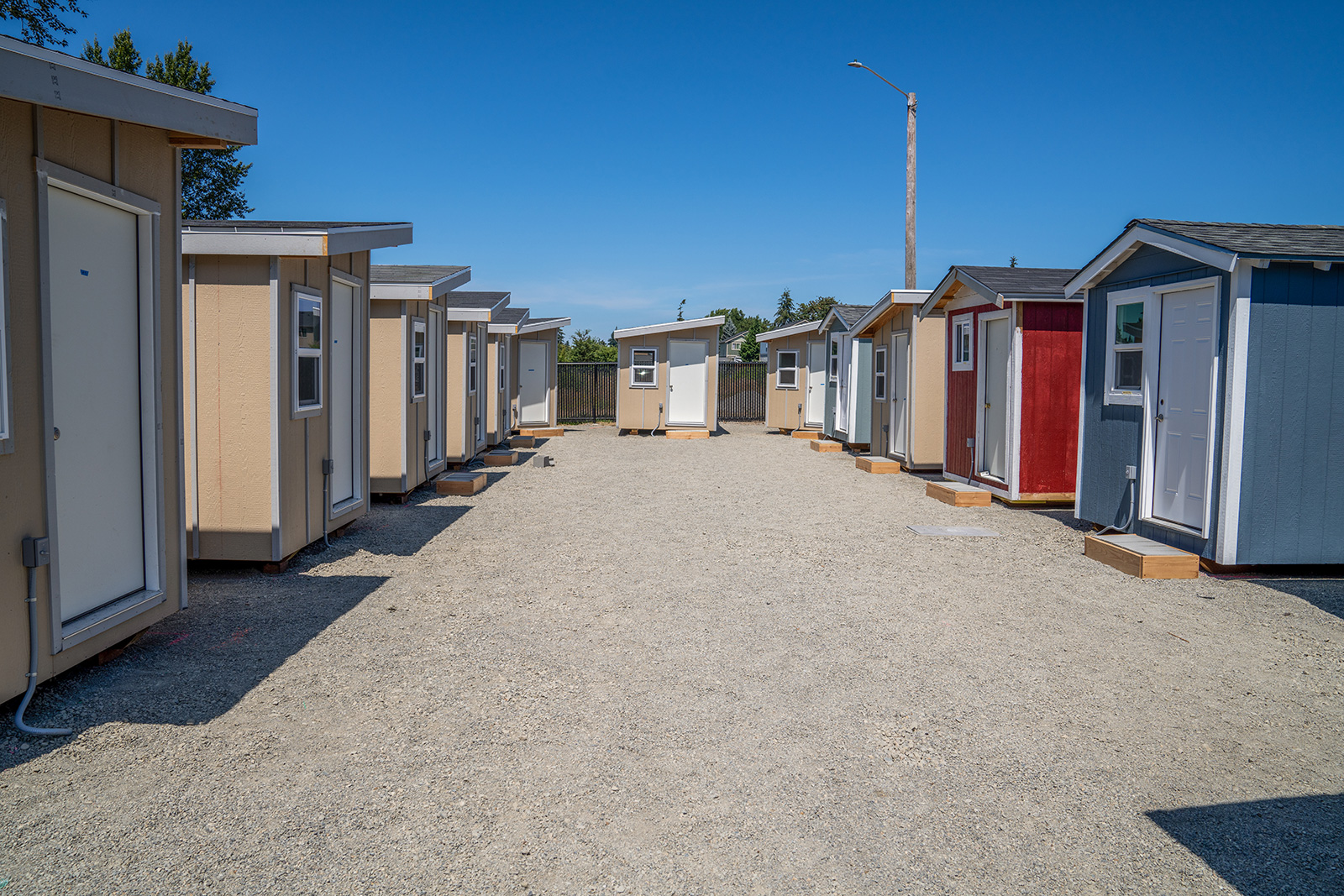
Microshelter residents also have access to support services, such as help getting identification or connecting with potential employers. Allyson Griffith, assistant director of Neighborhood and Community Services in Tacoma, Washington, said that improves outcomes. At one such site, more than one-third of the residents moved into permanent housing, she said, “much higher than we see from our kind of traditional shelter operator models.”
But individuals in tiny homes or prefabricated shelters are still homeless, said Steve Berg, vice president for programs and policy at the National Alliance to End Homelessness. The “real solution” is getting people out of shelter quickly and into their own permanent housing, he said.
‘Resource drowning’
Some homeless providers are feeling overwhelmed by the amount of money they’re in charge of managing because their systems were never designed to handle that volume of funds.
The annual Emergency Solutions Grant program, for example, is one of HUD’s smaller homeless funds, but now has 14 times the amount of money flowing through it in pandemic aid. Some communities have just one administrator to oversee that fund, along with doing other jobs. Dones calls it “resource drowning,” in which a community doesn’t know what to do because it has more funds than it’s ever administered.
South Carolina is “swimming” in funds and has hired two people to help manage the homeless aid, which the government released in two rounds, said homeless advocate Forbes. Agencies that cover a 13-county area in the northern part of the state received a portion of the $8.7 million first round funding and applied to receive part of the $18 million second round. “To have this other $18 million all of a sudden show up, I almost kind of want to go, you know, slow down a little bit because we’re just trying to absorb this first round,” Forbes said.
Adam Robins, financial management division administrator for the city of Columbus, Ohio, said this year has been the busiest of his 22-year finance career because he’s been “swamped” trying to spend the CARES Act funds, including the homeless assistance grant.
Evans, the community development manager in Augusta, said he wishes there had been more resources to help local communities handle the large increase in funding. He said he was also worried the additional funds might lead to “long-term capacity issues” if nonprofits take on more homeless clients than they can successfully manage over time.
The sudden influx of vast amounts of money into an old system used to managing far less creates an opportunity for financial mismanagement, Dones said. “Not a malicious misuse,” Dones added, rather using funds rapidly without “an overall strategy that is actually about ending homelessness in that community.”
The CARES Act called for creation of a Pandemic Response Accountability Committee “to detect and combat fraud, waste, abuse, and mismanagement.” Composed of 21 inspectors-general from different agencies, the committee is a clearinghouse of information and hosts a website where the public can report suspected problems.
HUD’s inspector general retains oversight of the aid spending and will share investigative reports with PRAC.
The body needs rest
Under cloudy skies and cool temperatures, 19 personal shelters went up in Oregon’s Columbia River Gorge on Nov. 5 — six in an industrial site in The Dalles and 13 in a church parking lot in a residential area of Hood River.
The nighttime freezing weather had created such a dire situation that Long-Curtiss opened the shelters as soon as they were up, even before they had heat.
“I figure it’s better to be in there even if the electricity isn’t hooked up than it is to be outside in the elements,” she said.
Harold, a 46-year-old man who has been homeless going on three years, thought he might have to leave the area after warming shelters closed due to the pandemic. “Cool” and “genius” are how he describes the shelters — 64-square-foot prefab units that contain two beds, a heater and electrical outlets for small appliances. They are built by Pallet, a Washington-based company, which says its employees have experienced homelessness and that the shelters are a “stepping stone out of homelessness and into a life of stability.”
Harold, who did not want his last name used, is sharing one shelter with his friend, Diane, and says they can stay there full time until the end of winter, or for about five months. “And the big thing is, is you get a key, so it's come and go as you like,” he said.
“The body needs to eat. The body needs the rest,” Harold said. “Once those things are taken care of, then the mind can focus on other things.”
Knowing what they stood to lose if not approved for the emergency homeless grants, the two community leaders are grateful for where they are today.
“I can’t stop smiling,” Long-Curtiss said. Still, she worries about not having enough space and for those left out in the cold.
“It’s a little overwhelming, but I think that’s kind of the nature of emergency shelter,” Kellems said. She hopes the tiny shelters will be a “bridge” toward more permanent solutions. And if she can successfully apply for the second round of homeless aid, she hopes they’ll have more time to strategize long-term solutions.
“The immediate need has been so pressing we just haven’t been able to go there,” she said.
Reporters Molly Bohannon and Helen Wieffering contributed to this story.
